The 10 Biggest Intel News Stories Of 2020 (So Far)
CRN recaps the most significant news that has happened at Intel in 2020 so far, from high-profile personnel changes and roadmap tweaks to new product launches and acquisitions.
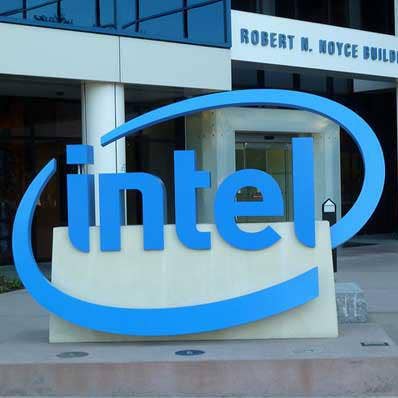
Product Launches, Personnel Changes, Roadmap Tweaks
With a bevy of new product launches, personnel changes, acquisitions and roadmap tweaks, it would be an understatement to say that 2020 has been an eventful year for Intel so far.
In the first six months of the year, the Santa Clara, Calif.-based chipmaker has seen high-profile executive hires and departures as well as two big shifts in its roadmaps for server and artificial intelligence products. It has also debuted several new products, including one that is a game-changer for how Intel designs and engineers processors.
[Related: The 10 Hottest AI Chip Startups Of 2020 (So Far)]
Other major news events include the impact the coronavirus pandemic has had on Intel and what the chipmaker has done to aid communities, partners and other constituencies.
What follows are the 10 biggest Intel news stories of 2020 so far.
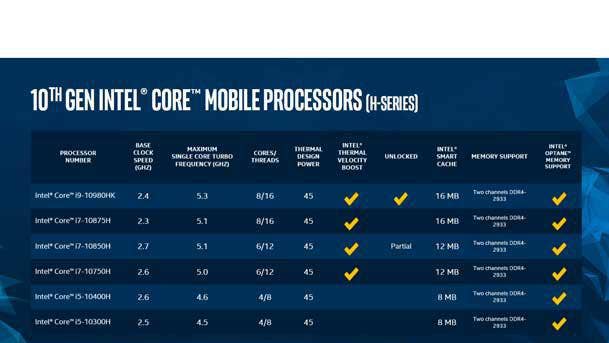
10. Intel Expands 10th-Gen Core Lineup With High-End Desktop, Laptop CPUs
After kicking off its 10th-generation Intel Core lineup with processors for ultra-thin laptops last August, the chipmaker expanded the family in the second quarter of 2020 with new chips for the high-end desktop and laptop segments as well as for commercial PCs. The expansion began with Intel's 10th-generation Core H-Series, which brings up to eight cores and 5.3 GHz in turbo frequencies to gaming and content creation laptops. It then continued in late April with the 10th-generation Core S-Series, packing up to 10 cores and 5.3 GHz in turbo frequencies with improved tunability features for desktop PCs. In mid-May, Intel revealed its 10th-generation, enterprise-grade vPro processors for laptops and desktop PCs, promising new silicon-level security and Wi-Fi features for businesses.

9. Intel Hires Away HPE CIO Archana Deskus To Lead Global IT Operations
Intel hired away Hewlett Packard Enterprise CIO Archana Deskus in January to lead the chipmaker's global IT operations in the midst of what the executive called a “historic transformation.” Deskus was appointed as senior vice president and CIO, replacing Paula Tolliver, a former Dow Chemical executive who was Intel's CIO for more than three years until she stepped down in September, 2019. A seasoned CIO veteran, Deskus had served as CIO and senior vice president at HPE since the fall of 2017. While there, she was tasked with overseeing a massive IT restructuring that involved moving HPE from 1,000 business processes supported by 10 ERP systems and more than 950 applications to just 100 businesses processes with a single global ERP system and 350 applications.

8. Work-From-Home Rush Boosts Intel Chip Sales
While the coronavirus pandemic prompted Intel to pull guidance for its full-year revenue forecast, the chipmaker reported a strong first quarter in April, thanks in large part to travel and social distancing restrictions that prompted a boost in cloud service usage and laptop sales. The company said it saw a 22 percent increase in notebook volume—which contributed to a 14 percent year-over-year increase in sales for the company's Client Computing Group—mostly due to many organizations buying laptops for employees who were moving into home offices. With so many organizations turning to video conference tools in lieu of physical meetings and events, the chipmaker said it also saw increased sales for server processors due to increased use of cloud services. That helped drive a 43 percent year-over-year increase in sales for the company's Data Center Group.

7. Intel Responds To Coronavirus With Relief For Communities, Partners
In response to the coronavirus pandemic and its economic impact, Intel announced several relief initiatives meant to help local communities, partners, schools, hospitals and other constituencies. Among the relief initiatives, Intel created a $50 million fund in April to provide technology to schools in underserved communities for online learning and to organizations working on diagnosis, treatment and vaccine development for the coronavirus. The chipmaker also unleashed a "comprehensive" relief package meant to help its large network of channel partners weather the pandemic's economic fallout, consisting of new benefits for points, warranties and measuring sales activities. Other relief efforts have included donations of $1 million to the International Red Cross, $4 million to local relief efforts and 1 million pieces of personal protective equipment for health care workers.
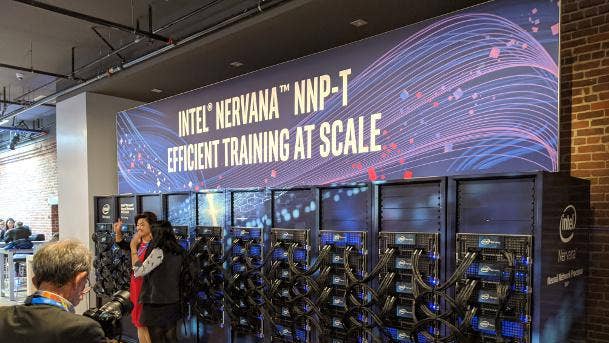
6. Intel Axes Nervana AI Chips To Focus On Habana Labs Products
In a major pivot for its artificial intelligence product roadmap, Intel said in late January that it would end work on its Nervana neural network processors to focus on the AI chip technology it gained with the company's $2 billion acquisition of Habana Labs in late 2019. At the time, the company said it had ended development of its Nervana NNP-T training chips and would deliver on current customer commitments for its Nervana NNP-I inference chips so that it can move forward with Habana Labs' Gaudi and Goya processors in their place. Prior to the announcement, analysts had questioned whether Intel would move forward with Nervana after the chipmaker announced its acquisition of Habana Labs in mid-December. The Habana Labs deal was only announced a little over a month after Intel in November 2019 revealed more details of its Nervana chips, which were meant to compete with Nvidia's growing footprint of GPUs in the AI acceleration market. Intel had been developing the Nervana chips since it acquired the namesake company, Nervana Systems, for a reported $408 million in 2016. Less than a month after Intel announced its pivot away from Nervana, Naveen Rao, co-founder of Nervana Systems and Intel's top AI executive, said he was stepping down.

5. Intel Acquires Moovit For $900M To Build Out Mobileye Mobility Business
Intel scooped up Israeli mobility-as-a-service provider Moovit for roughly $900 million in May. The chipmaker said its acquisition of Moovit, which provides a real-time public transit app, brings its Mobileye automotive technology division closer to its goal of becoming a "complete mobility provider." Intel said Moovit's urban mobility app, which has more than 800 million users and services in 3,100 cities across 102 countries, offers "multimodal trip planning by combining public transportation, bicycle and scooter services, ride-hailing, and car-sharing." Through Mobileye, Intel has already been chasing two areas that Moovit serves—ride-hailing and car-sharing—with its development of a self-driving system for shuttles and robo-taxis, among other kinds of vehicles. The chipmaker said Mobileye will use the large proprietary transportation dataset Moovit uses for its mobility app to "optimize predictive technologies based on customer demand and traffic partners." At the same time, Moovit's consumer app will continue to operate as its own brand.
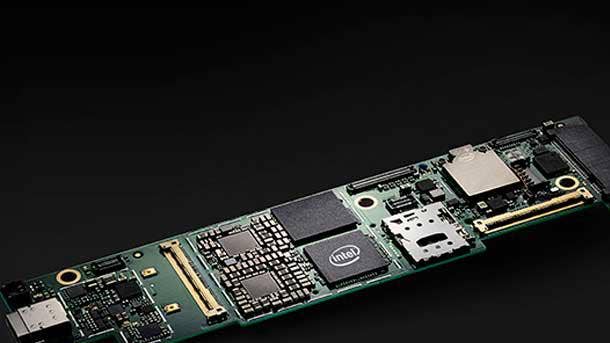
4. Lakefield Hybrid CPU For Foldable, Dual-Screen PCs Debuts New Intel Technologies
Intel debuted a new kind of processor design and architecture in June with its new Intel Core processors with Intel Hybrid Technology. Previously known under the code name Lakefield since they were revealed at CES 2019, the new processors are designed for foldable and dual-screen PCs, among other types of innovative and ultra-light form factors, thanks to the chipmaker's new Foveros 3D packaging technology and a hybrid CPU architecture. With Intel's Foveros 3D packaging technology, the company is able to stack different CPU components in three layers, making the Lakefield processors dramatically smaller than other mobile processors Intel has created before, measuring at roughly the size of a dime. Other features enabling design flexibility for OEMs include package-on-package memory that further reduces board size and dual internal display pipes for foldable and dual-screen PCs. Beyond enabling new form factors, Intel said the new processors pack more performance and power efficiency.

3. Intel Challenges EU's $1.2B Fine Over Antitrust Behavior
Continuing a legal saga that began more than 10 years ago, Intel made a new case against a fine worth $1.2 billion it received from the European Union in 2009 for anti-competitive behavior against rival AMD. The chipmaker laid out its case in a March re-hearing of the antitrust case at the European Union's General Court. The European Commission had fined Intel 1.06 billion euros in 2009 for giving what the regulatory body said were illegal rebates to OEMs Acer, Dell, Hewlett-Packard, Lenovo and NEC as well as German retail group Media Saturn Holdings on the condition that they buy most of their processors from Intel. That, the European Commission said, effectively blocked AMD from competing. In the General Court hearing in March, Intel lawyer Daniel Beard challenged the European Commission's findings, saying the regulatory body didn't get it right with its economic analysis of whether the rebates to OEMs were anti-competitive.
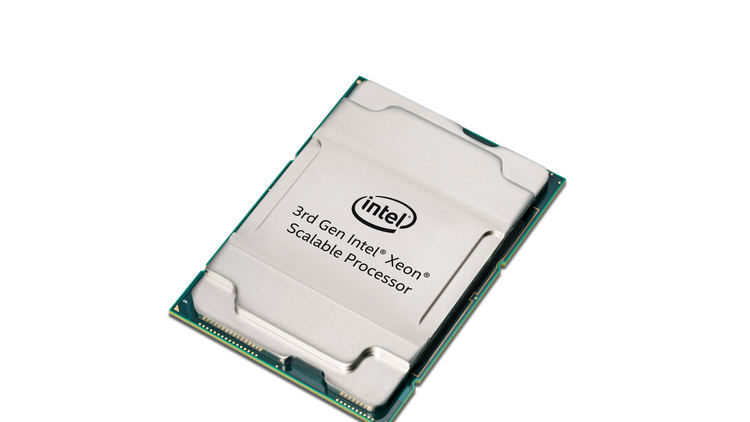
2. Intel Prunes Cooper Lake Lineup To Focus On Cascade Lake Refresh, Ice Lake
Intel's third-generation Xeon Scalable launch got off to an unusual start after the chipmaker decided to reduce the number of processors it planned to release. The company released the first wave of third-generation Xeon Scalable processors, code-named Cooper Lake, in June with support for only four- and eight-socket servers, saying that the second wave, code-named Ice Lake, would support one- and two-socket servers later in the year. Intel said it ditched plans to release Cooper Lake processors for one- and two-socket servers in response to conversations with customers as well as the "continued success" of the second-generation Xeon Scalable processors, which were expanded with new Cascade Lake Refresh parts in March, and demand for Ice Lake. While Cooper Lake is based on an advanced version of Intel's 14-nanometer process technology, Ice lake will use the company's 10nm process technology that debuted last year as ultra-thin laptop CPUs in Intel's 10th-generation Core lineup.

1. Top Intel Chip Design Exec Jim Keller Abruptly Resigns
In an unexpected move, Intel announced on June 11 that its top chip design executive, Jim Keller, was resigning immediately for personal reasons. The chipmaker had hired Keller more than two years ago for his deep technical expertise to design next-generation processor technologies at Intel after previously doing groundbreaking silicon work at Tesla, Apple and AMD. His resignation was announced a day after Intel marked the launch of its new Lakefield hybrid processors, which includes low-power Tremont cores that Keller helped design. He had also worked on the company's 10-nanometer processors. In the wake of Keller's sudden departure, Intel said it was reshuffling the senior leadership of Intel's Technology, Systems Architecture and Client Group, which remains under the leadership of Murthy Renduchintala. Keller, who had been head of Intel's Silicon Engineering Group, marked another major departure this year for Intel's executive management team, which lost connectivity and artificial intelligence heads Craig Barratt and Naveen Rao in the previous months.